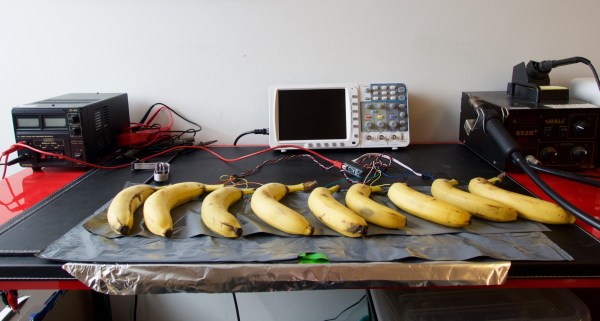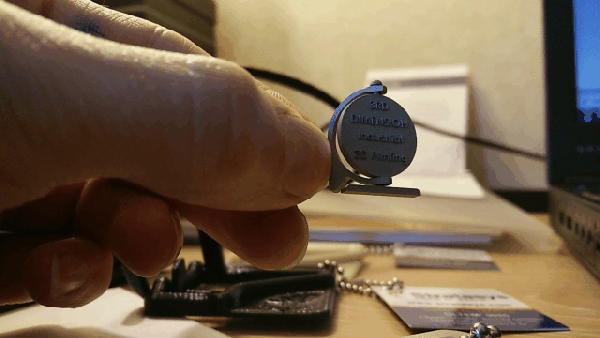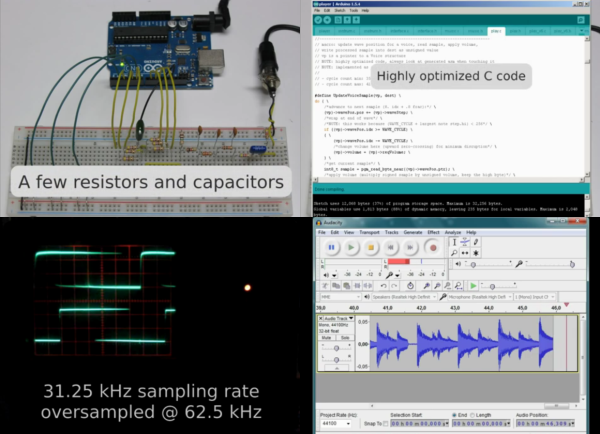A recent change in Italian law was spurred by the Hackaday Prize. The old law restricted non-Italian companies from hosting contests in the country. With the update Italian citizens are now welcome to compete for the 2015 Hackaday Prize which will award $500,000 in prizes.
We’ve heard very few complaints about the Hackaday Prize. When we do, it’s almost always because there are some countries excluded from participation. We’ve tried very hard to include as much of the globe as possible, some countries simply must be excluded due to local laws regarding contests. The folks from Make in Italy saw last year’s offer of a Trip into Space or $196,418 and set out to get the local laws changed (translated). Happily they succeeded!
The Make in Italy Foundation was started to encourage and support FabLabs in Italy. After seeing two major Hacker and Maker oriented contests — The 2014 Hackaday Prize and the Intel Make it Wearable contest — exclude Italian citizens from entering. Their two prong approach sought out legal counsel and started a petition on Change.org signed by about 1.8k supporters.
We’ve been holding off on the announcement as we needed our own legal opinion on the change (we’re not great at understanding Italian legal PDFs without some help). But today we have removed Italy from the list of excluded countries. Submit your entry today just by writing down your idea of a build which will solve a problem faced by a large number of people. Build something that matters and you could win a Trip into Space, $100,000 for the ‘Best Product’, or hundreds of other prizes. But we’re not waiting until the end, over the next 17 weeks we’ll be giving out $50k in prizes to hundreds of entries.
[Thanks Alessandro]























